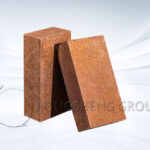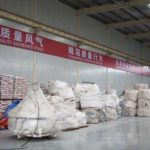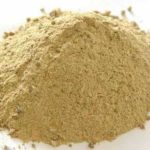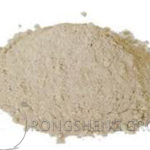The difference between acid-resistant bricks and firebricks. Firebricks are referred to as firebricks. Refractory materials are made by burning refractory clay or other refractory raw materials. They are light yellow or brownish in color. They are mainly used to build smelting furnaces and can withstand high temperatures of 1580℃-1770℃. They are also called firebricks. Acid-resistant bricks: The main component of acid-resistant bricks is silicon dioxide, which forms a large amount of mullite under high-temperature roasting. This is a substance with high acid resistance. Because acid-resistant bricks have a tight structure and low water absorption, they can withstand alkaline media of any concentration at room temperature. However, they are not resistant to high-temperature molten alkali.
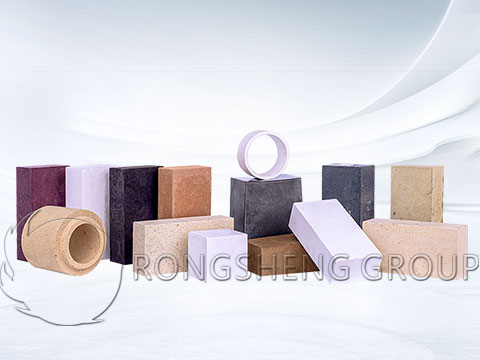
Difference in Usage
Refractory bricks are needed in almost all high-temperature furnaces, such as blast furnaces for ironmaking, converters for steelmaking, refining furnaces, electric furnaces, drying equipment, horse-boiling furnaces, etc. They are also used in high-temperature differential thermal analyzers. Acid-resistant bricks: Its acid resistance is as high as 99.8%, and it is an important anti-corrosion material. It is widely used in coal chemical industry, petrochemical industry, etc., and plays a very important role.
Differences in Classification
The main categories of refractory bricks are: insulating refractory bricks, zirconium-containing refractory bricks, carbon-containing refractory bricks, alkaline series refractory bricks, silicon-aluminum series refractory bricks, and each category has several subcategories. Acid-resistant bricks: There are not so many categories of acid-resistant bricks. There are three main categories of acid-resistant bricks: plain refractory bricks, glazed acid-resistant bricks, and matte glazed acid-resistant bricks.
High-Quality Acid-Resistant Bricks of Refractory Materials
The main raw materials of acid-resistant bricks are quartz, feldspar, and silicon dioxide, which are made by high-temperature roasting and are corrosion-resistant materials. It is not easily oxidized at room temperature and can withstand alkaline media of any concentration. It has excellent corrosion resistance to hydrochloric acid, nitric acid, and warm chlorine salt water. However, it is not resistant to high-temperature molten alkali. Acid-resistant bricks are widely used in chemical, petroleum, electric power, papermaking, metallurgy, chemical fiber pharmaceuticals, fruit juice, electroplating rooms and other anti-corrosion fields, and can also play its high-efficiency corrosion resistance in underground sewage pipes.
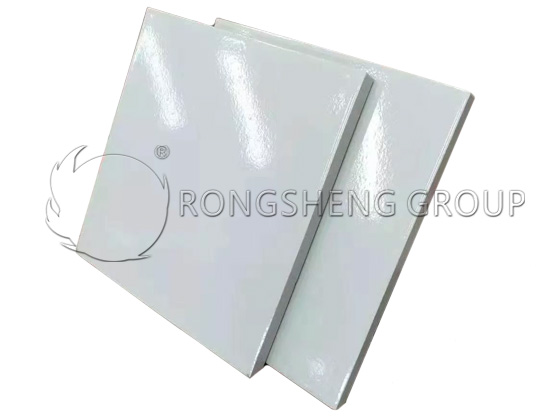
Types of Acid-Resistant Bricks
- Plain acid-resistant bricks
Plain acid-resistant bricks usually refer to ground anti-corrosion acid-resistant bricks. This type of acid-resistant brick usually has small particles on the surface, which has a certain anti-slip effect, so it is often used in some factory workshops. At the same time, the corrosion resistance is excellent, but it is relatively troublesome to clean.
- Sub-glazed acid-resistant bricks
Sub-glazed acid-resistant bricks combine the advantages of glazed acid-resistant bricks and plain acid-resistant bricks. It has a thin layer of glaze on the surface, which feels smoother to the touch, and there are also granular substances on the surface. Therefore, it has an excellent anti-slip effect and is also easier to clean.
- Glazed acid-resistant bricks
Glazed acid-resistant bricks are a type of acid-resistant brick with a relatively smooth surface. The surface of this acid-resistant brick is sprayed with a thicker layer of glaze, so it is very easy to clean. It is often used in places with relatively high cleanliness such as walls, pool walls, and linings in factories.
Parameters of Acid-Resistant Bricks
Acid-resistant bricks are widely used in pharmaceutical, chemical, papermaking, fertilizer, printing and dyeing, electroplating, nuclear power, food, beverage and other fields due to their corrosion resistance, acid and alkali resistance and high mechanical strength. In order to use it better, you also need to understand its various indicators and specifications.
- Acid and alkali resistance: ≥99.82%.
- Water absorption: ≤0.4%.
- Bending strength: ≥21.8MPA.
- Pollution resistance: not less than level 4.
- Frost resistance: no cracks or peeling after multiple cycles.
- Resistance to rapid cooling and heating: no cracks, peeling or breakage after one test.
Characteristics of Acid-Resistant Bricks
The main characteristics of acid-resistant bricks are as follows:
- Its main component is silicon dioxide, which is fired at high temperature to form a large amount of mullite. This material has the characteristics of tight structure and low water absorption, and can also withstand alkaline media of any concentration at room temperature. It is widely used in acid trenches, acid wells, and acid storage places.
- It is made of quartz, feldspar, and clay as the main raw materials, and is decomposed into corrosion-resistant materials after high temperature. It has the characteristics of high acid and alkali resistance, low water absorption, not easy to oxidize, and not easy to pollute. It is widely used in petroleum, chemical industry, metallurgy, electricity, chemical fiber, papermaking, pharmaceuticals, fertilizers, electroplating rooms, and anti-corrosion projects such as towers, pools, tanks, and troughs.
- Its water absorption rate is very small, and the water absorption rate refers to the percentage of the weight of the absorbed water after the product pores are full of water. my country stipulates that the water absorption rate ≤0.5% is called porcelain bricks, and the water absorption rate>10% is ceramic bricks.
- It has good thermal shock resistance. After 10 thermal shock tests during production, there was no explosion or cracking.
- It has good glossiness, which is one of the criteria for measuring the quality of polished tiles. The higher the glossiness, the better the product quality, and vice versa.


